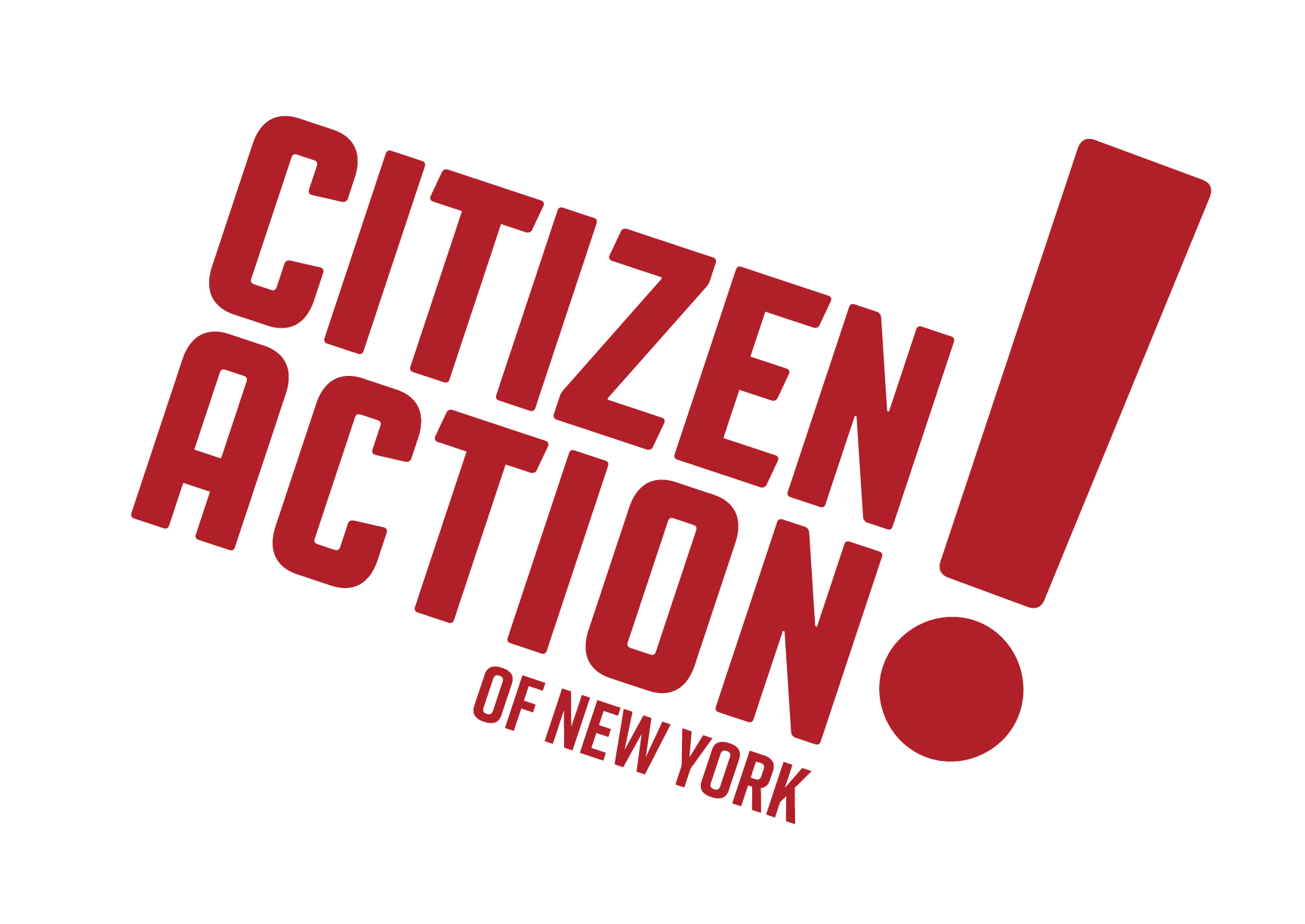Public Schools are meant to be the great equalizer by providing every student the chance to succeed, go on to any college and pursue a meaningful career.
However, when the executive budget threatens to cut state school aid, it is the neediest school districts that are hurt the most because those districts are unable to levy enough local taxes to make up the district budget. The result is a separate and unequal education system where many communities of color see their classrooms lose teachers and extracurricular activities, and an increase in class size.
The 2010-11 Executive Budget Proposal threatens the ability of students of color to obtain an equal education. Some key budget actions are:
- Cut $1.4 billion in school aid
- Freeze increases in “foundation aid” under new 2007 education funding formula
- Universal pre-kindergarten funding is frozen
- Significant cuts to after-school programs
Better choices could be made that would promote quality education for all New York’s kids.
How Budget Choices Affect
 Isra Mahammed
Isra Mahammed
Isra Mahammed is a Syracuse mother of 3. She works two to three different nursing jobs at a time to be able to provide for her family and have enough of a safety net “just in case.”
Isra’s youngest daughter, Naila, 12, is a child with special needs. So far things are going well for Naila who is in an integrated classroom at Danforth Middle School. Isra is especially grateful for Naila’s teacher.
“When this white suburban woman told me that she would be willing to die for my kid, I just wanted to cry. I know that she meant it. Teachers should be supported for the sacrifices they make.”
Unfortunately with over $1 billion in proposed cuts to education, both Naila and her teacher are going to be losing, not gaining, support.
For Syracuse, these cuts will result in losing at least 165 staff and teachers. Isra is concerned that Naila’s classroom will lose their teaching aide, Ms. Katuba, who allows Naila to be integrated by working with her on modified reading and other special needs. She allows Naila’s teacher to manage the 20 or so students in the classroom. Without Ms.Katuba, Isra thinks Naila would be forced to into a special education class.
“That would change her entire experience – her confidence, her self esteem, how she sees herself compared to the other children.” Isra is very concerned.
In addition to cuts in staffing, there are rumors flying about one of the junior highs closing its doors completely. “These kids will be flooding the existing schools,” says Isra. “What happens to teacher support when suddenly they are facing less staff and more students? What happens to the students?”
Isra thinks there are other options, other solutions that involve everyone coming together and making a shared sacrifice.
“I would rather take a portion of my paycheck and put it towards the schools than see these cuts.” Isra can’t imagine why everyone wouldn’t feel this way. “Yes I live in the inner city, but even folks who live in the suburbs will be impacted. They use this city for work, for cultural events. When you take away the public schools, which for people in the city means opportunity for a better life, for hope and self respect, well then people will resort to lawlessness. And that is what this city that we all use will become.”
Isra Mahammed is an active member of the Alliance for Quality Education
